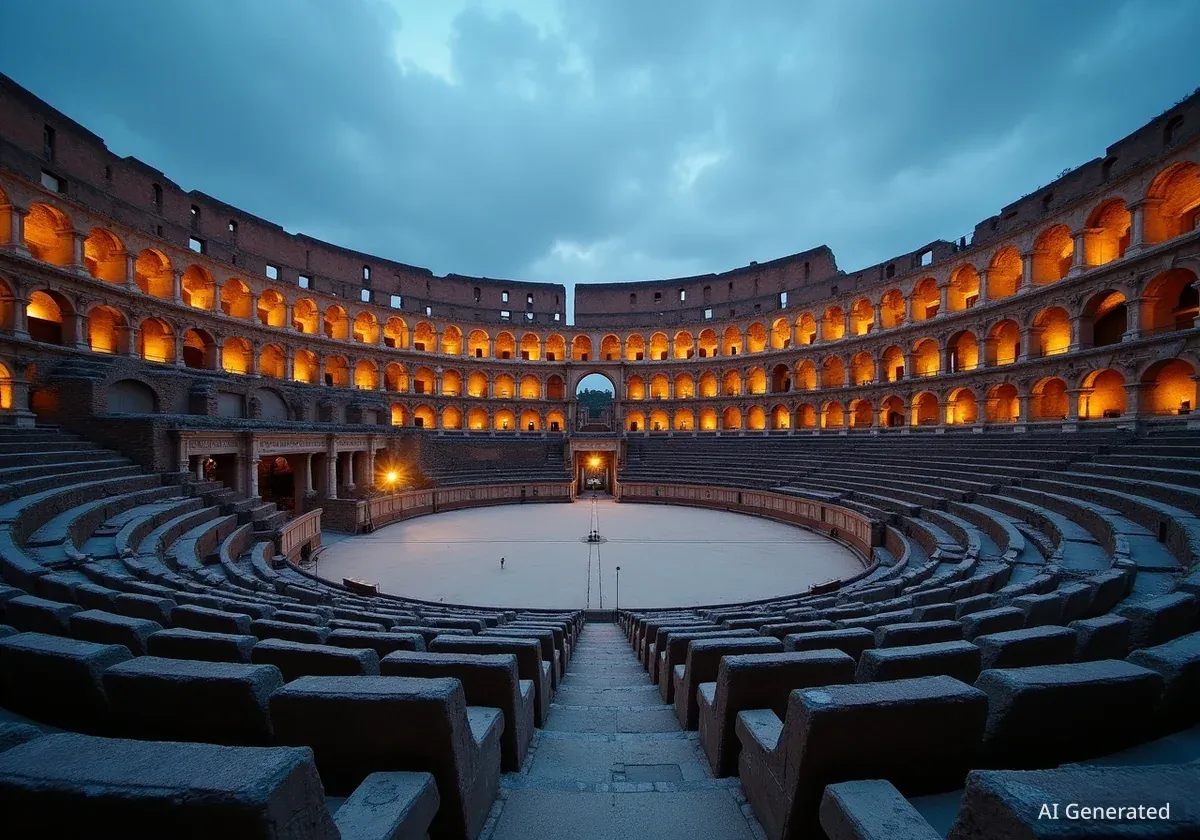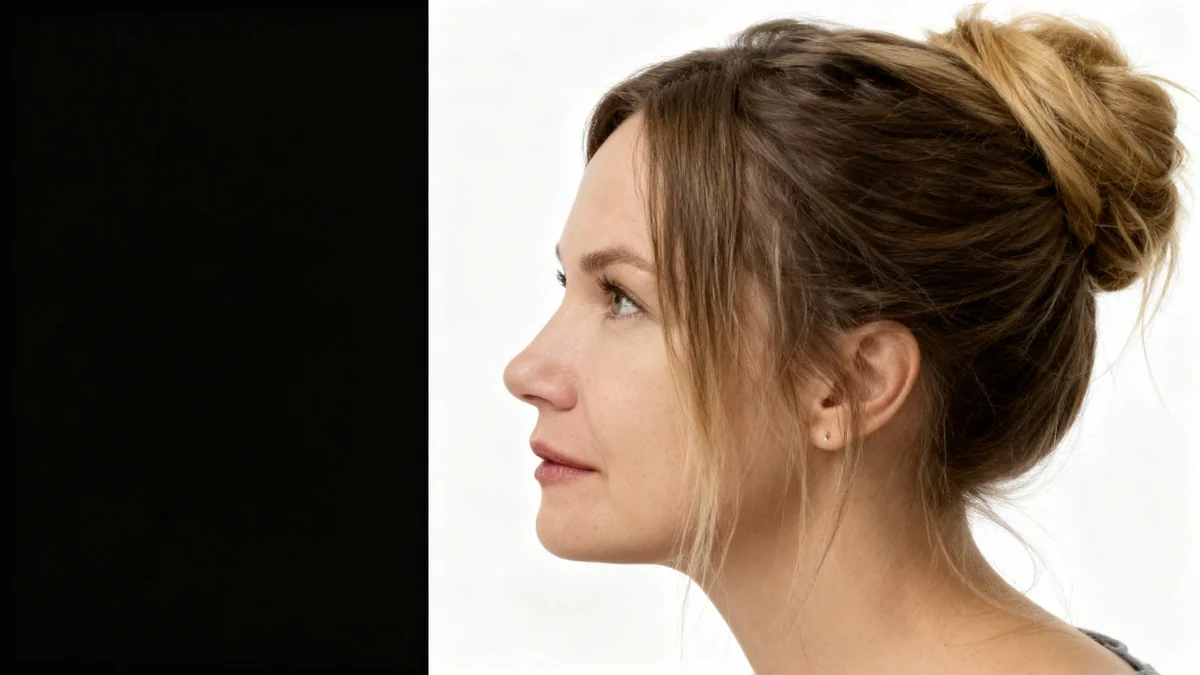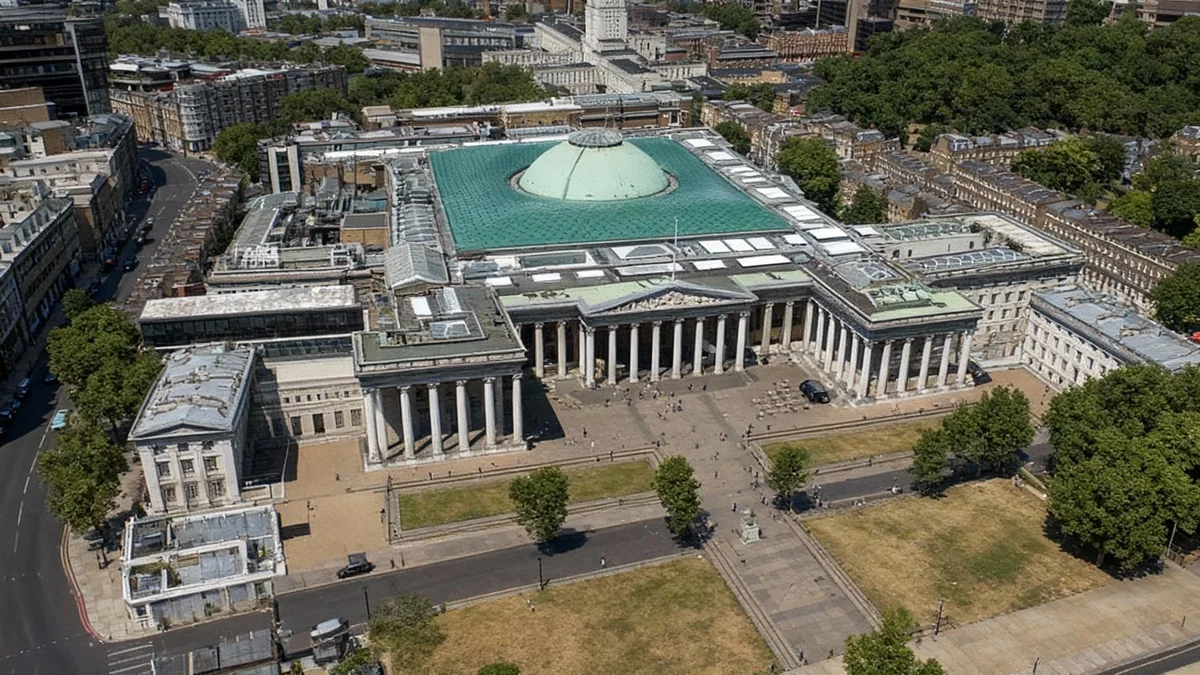Artist Ian James has spent over a decade traveling across the United States, photographing more than 75 pyramid-shaped structures. His new book, 'Pyramids: Special Economic Vortex Zones of North America,' documents these unique buildings found in nearly 20 states, ranging from former military facilities to churches, museums, and private homes. James explores the intersection of architecture, new age beliefs, and American capitalism through these unusual sites.
Key Takeaways
- Ian James documented over 75 pyramid-shaped buildings in 20 US states.
- His project explores the link between new age beliefs and capitalist values in US architecture.
- Structures range from military sites and churches to retail stores and private residences.
- James observed how even spiritual sites often need to generate income.
Discovery of Unexpected Pyramids
The inspiration for James's project emerged in 2017 during a visit to Nekoma, North Dakota. He was there to photograph the Stanley R Mickelsen Safeguard Complex, a former anti-ballistic missile military facility. This Cold War-era structure, operational for only six months, features a brutalist concrete radar tower that strongly resembles an Egyptian pyramid without its peak.
James spent two days car-camping in a nearby field, capturing images of the radar tower with his 4x5 camera under various lighting conditions. He described the pyramid as a "purpose built ruin... unmoored from time." This experience solidified his idea that the pyramid-shaped buildings he had already photographed were part of a larger, significant series.
His earlier photographs included a diverse array of buildings. Examples are an office complex in Indianapolis, a Mormon church in Utah, and a science museum in Denver. He also documented a Walmart in British Columbia and numerous private residences. These varied structures all shared the distinct pyramid form.
Quick Fact
Ian James's journey began with an interest in pyramid motifs found on new age music cassettes, which he initially sourced from eBay.
Capitalism and Metaphysics in Design
James's research led him to hypothesize a connection between new age beliefs and the prevalence of pyramid architecture in the US. He refers to this as "capitalist metaphysics." This concept suggests an impulse to channel the ancient, energetic properties often associated with pyramids towards the manifestation of American values. He believes these structures create "a space for the 'religion' of laissez-faire capitalism in the US."
One prominent example James documented is the Bass Pro Shops pyramid in Memphis, Tennessee. He photographed this structure for several days but never entered it. The building promises "an immersive retail adventure," complete with a hotel, indoor swamp, archery range, restaurant, and overlook deck.
The Memphis pyramid was originally conceived in the 1950s as one of three buildings named the Great America Pyramids. This was a nod to Memphis, Egypt, the city's namesake. The lone structure was completed in 1991. It has served multiple purposes, including a concert venue that hosted the Grateful Dead and a stadium for the Memphis Grizzlies NBA team.
"I too feel a metaphysical connection to all of these places. Seeing a pyramid rise over the horizon, how do you not respond to that?"
— Ian James, Artist
The Bass Pro Shops Pyramid: A Case Study
The Memphis pyramid also gained the nickname "tomb of doom." This was due to the booming echoes of fans' cheers during sporting events. More notably, a crystal skull placed in its apex by the owner of the Hard Rock Cafe to channel mystic powers was removed, an event considered highly inauspicious by some.
After being vacant for nearly a decade, the Bass Pro Shops owner reluctantly agreed to renovate the site in 2008. This deal involved $100 million of taxpayer money. In return, the city was to receive 2% of the store's gross sales or a minimum of $1 million in rent annually. The agreement was contingent on the owner catching a catfish in the Mississippi River, which he reportedly did.
However, questions persist regarding whether the city has received its full 2% share. James views these superstitious events and lenient governmental-fiscal policies as embodying a "pyramid which has been emptied of meaning." Instead, he sees it as "the raw synthesis of the blood of American capitalism."
Historical Context
Pyramid architecture has fascinated cultures for millennia, often linked to spiritual power, monumental status, and cosmic alignment. Its adoption in modern US buildings, from military sites to retail, reflects a blend of ancient symbolism and contemporary purpose.
Spiritual and Economic Intersections
James points out an irony: even pyramid sites dedicated solely to religious or spiritual practices in the US often need to generate income. He states, "you can have these sacred structures in the US but they have to be generating income or tickets or financial sustainability." This suggests that the American spiritual experience is largely profit-driven.
For instance, to photograph the pyramid at the Church of Shambhala Vajradhara Maitreya Sangha, a Buddhist monastery in northern California, James underwent "soul therapy" in 2019. This involved lying inside a large plastic pyramid wrapped with copper wire while a nun directed colored lights at different organs in his body.
The monastery is led by Buddha Maitreya, who claims to be the second coming of Jesus Christ and the prophesied Medicine Buddha. Monks and nuns there operate Shambhala Healing Tools. They sell items like head pyramids, pendulums, meditation systems, welded dodecahedrons, and vajras to visitors and devotees. These sales help sustain their collective way of life, set to the continuous music of Buddha Maitreya.
Private Residences and Magnetic Properties
James also encountered private homeowners who believe in the energetic power of their pyramid-shaped structures. These individuals, he notes, "aspire to ascend the ladder economically and spiritually." His interactions with these owners varied significantly.
One instance involved a record producer's home in Paynes Creek, California. James could only photograph this property from outside its expansive grounds, as the owners were known to deter approaches with gunshots.
In contrast, other homeowners welcomed James. A woman in Why, Arizona, invited him inside her pyramid house. She wanted to share her project and have him experience the "strange type of magnetism" her home reportedly exuded. Over coffee and banana bread, she recounted her travels with her husband in a school bus and their decision to settle in Why after finding the pyramid house for sale, interpreting it as a sign.
James's book, 'Pyramids: Special Economic Vortex Zones of North America,' offers a comprehensive look at these structures. It invites readers to consider the deeper cultural and economic meanings behind their widespread presence across the continent.
- The book features over 75 pyramid structures.
- It covers buildings in nearly 20 US states.
- The project took over a decade to complete.
- It highlights the concept of "capitalist metaphysics."





